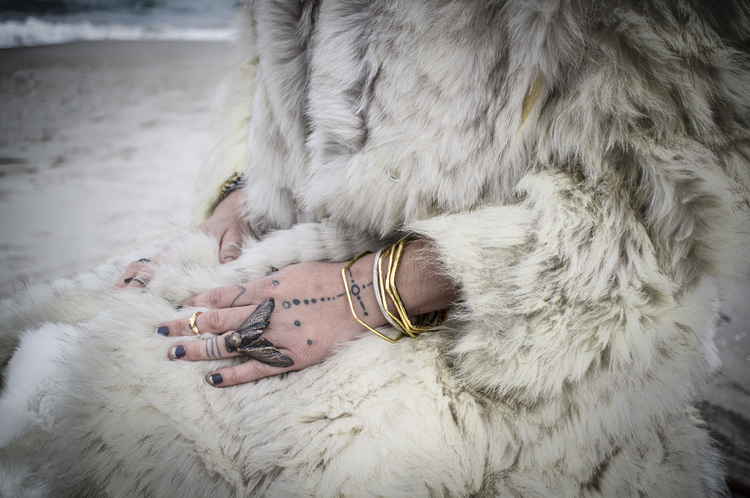A variety of associations emerge from the assemblage of limbs: lucky rabbit’s feet (lucky for whom?), Milagros, false limbs, and the whole host of representative charms or amulets, hunting trophies, and knick-knacks. Together these parts form a body: a series of animals, individual intercessory prayers, or totemic acquisitions. This manner of charm – a disembodied appendage – appears in cultures across the globe, each culture with its specific relationship to the treatment of the token. These charms, like their traditional inspirations, serve a purpose both symbolic and representational.
The limbs belong to different creatures, but traverse the anthropomorphic line and coalesce into a single homunculus. The viewer experiences an implied body of creatures: parts, individuals, a whole. The chimerical product of the constituent elements evokes dreamscapes, mythology, and our understanding of oneself as part of an evolutionary track shared with all other life on Earth. Condensing this multitude into a smaller space creates an opportunity to represent a disintegration of the image across the series of parts. This pulls the viewer deeper into the display and into the contemplation of the individual pieces and the individual-become-whole, mimicking the physical and psychological behaviors of religious devotion.
